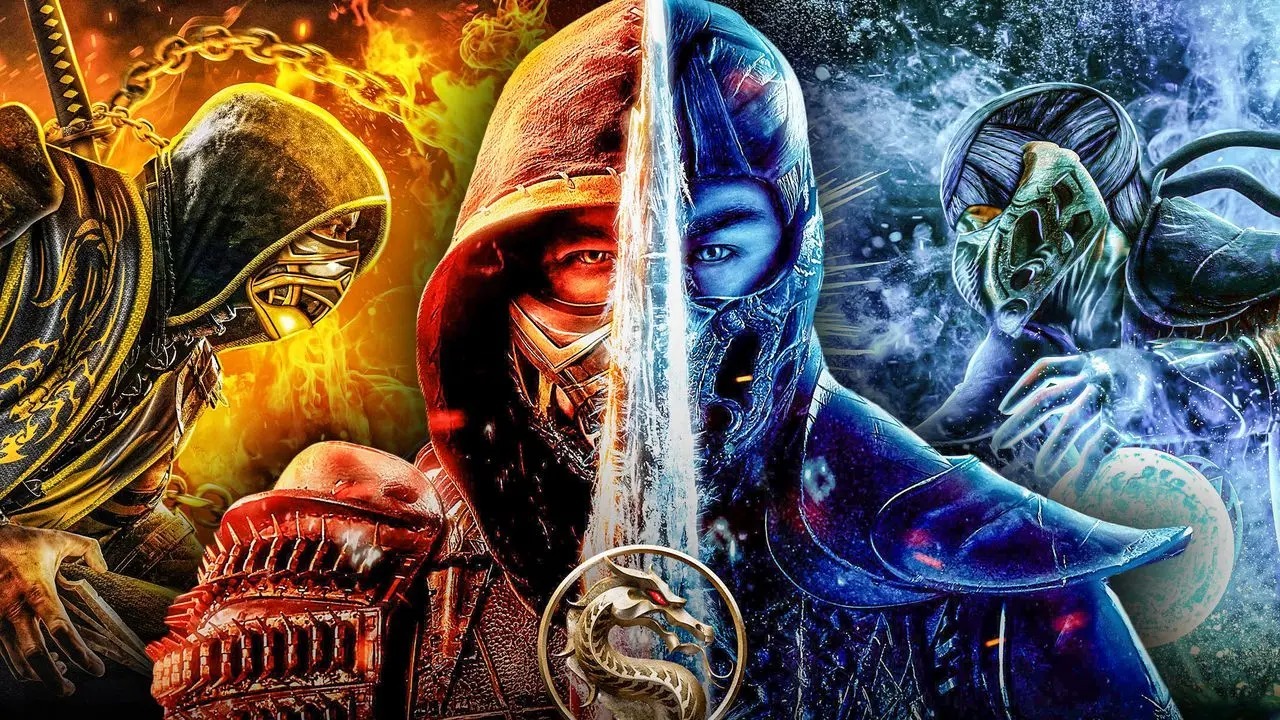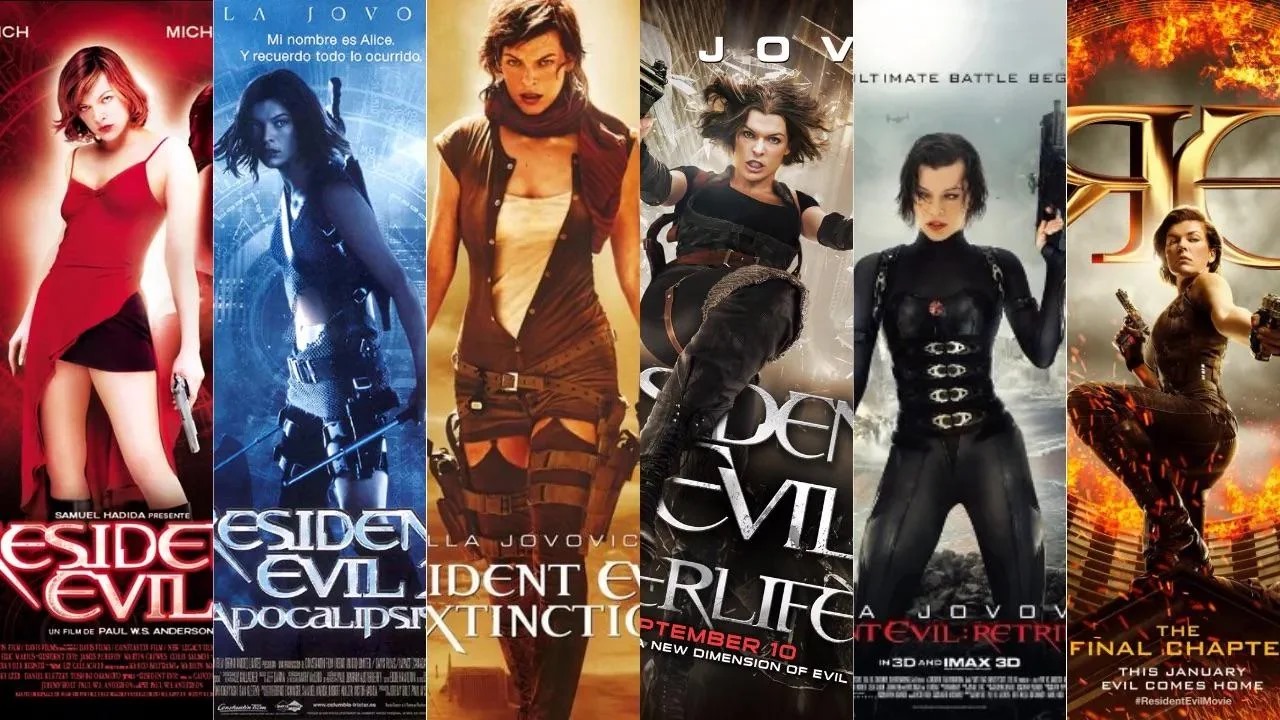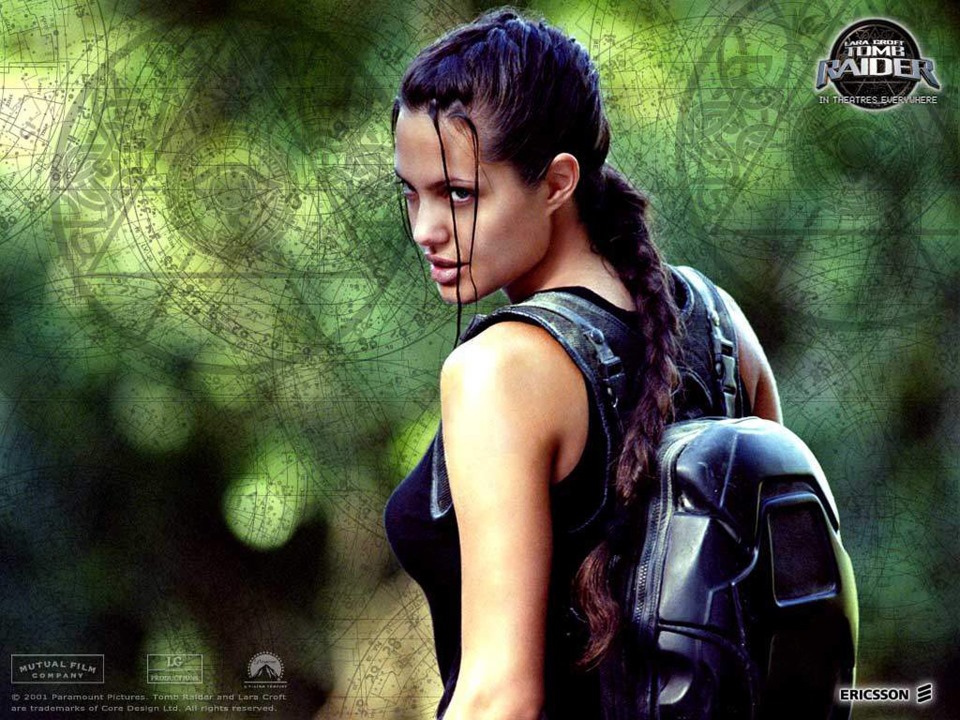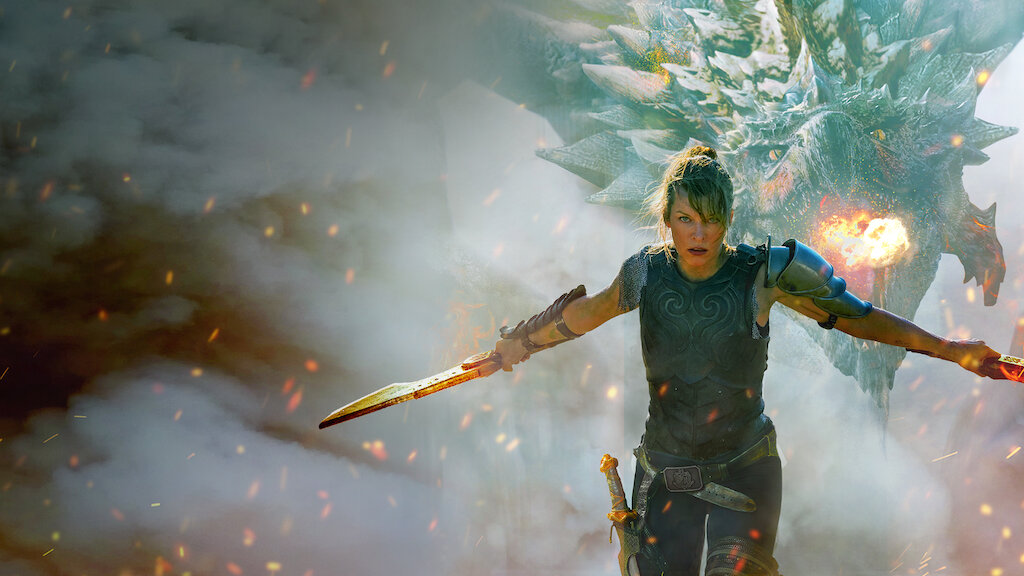When Mortal Kombat first burst into arcades in 1992, it wasn’t just a game—it was a shockwave. Hyper-violent, gloriously over-the-top, and unapologetically brutal, it sparked debates in congress, fueled schoolyard rivalries, and gave birth to one of the most controversial yet beloved fighting franchises in history. Over three decades later, its legacy has extended far beyond the joystick, branching into movies, animated features, TV shows, web series, and more.
This is not just a review of the films. It’s a full exploration of how Mortal Kombat has been adapted and reimagined on screen, and how each incarnation has mirrored (or clashed with) its bloody, often absurd source material. From the cult classic 1995 movie to the gritty 2021 reboot and the Netflix-style animated spin-offs, we’re stepping into the arena to analyze every fatality, every casting gamble, and every creative decision that helped define the franchise’s cinematic journey.





